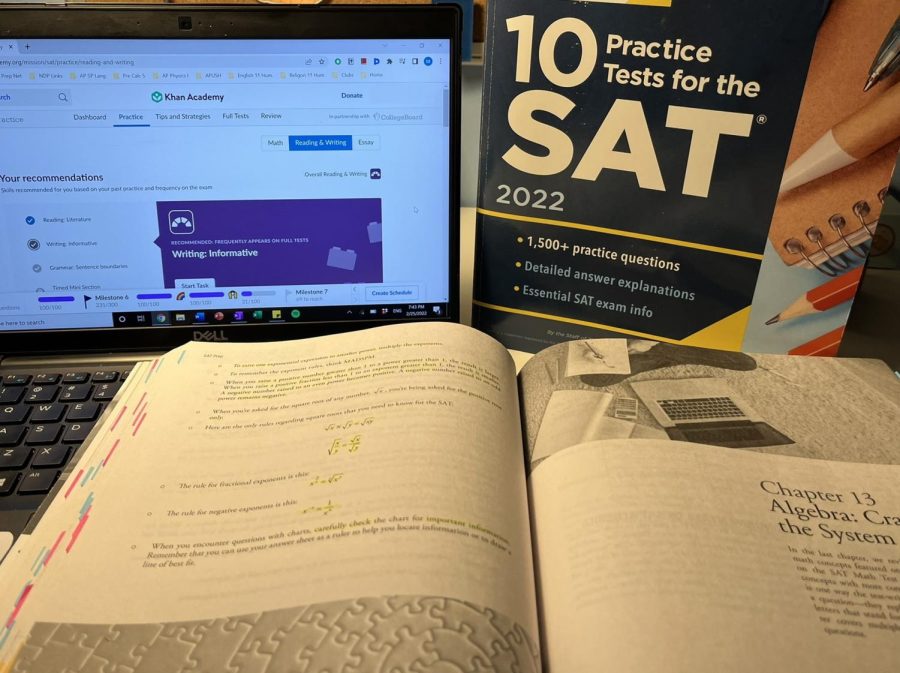SAT Study Tips
March 10, 2022
With the coming of March, there’s so much to look forward to: Gym Meet, St. Patrick’s day, and the beginning of the last quarter of the school year. However, another thing that occurs during March is the SAT. While it may be something that more people are feeling nervous about rather than looking forward to, all you need is a good study plan to help prepare. Here are some tips on things that have helped me to do so:
- Make a schedule
With all the topics covered by the SAT, it may feel overwhelming to start studying. You can start by looking at the calendar and the weeks leading up until the test date. Even if it’s just a little bit every day, make sure to schedule some time for some SAT reviewing.
- Take a baseline test
If you haven’t done much to start studying, you should begin by taking a practice SAT. With this baseline test, you’ll get a feel for the direction and questions on the test. Once you check your answers, you’ll also learn exactly what your strengths and weaknesses are and can study accordingly.
- Familiarize yourself with the test
It’s no secret that there’s a time limit on the SAT. One way to help with this is to familiarize yourself with the directions to save yourself the time it would take to read them. You should also make sure to learn the order and timing of each test section to know what to expect and help your nerves.
- Take advantage of resources
A quick search online will show you that there’s certainly no lack of SAT prep resources. There’s so much you can do, from linking your College Board account to Khan Academy for personalized practice to buying a book from The Princeton Review. Whatever you do, it is sure to help enrich your SAT prep.
- Focus on what you don’t know
Knowing your strengths and weaknesses is key to any test. For the areas you’re comfortable with, you can do less general, more focused practice to perfect your skills. For areas you’re especially struggling with, make sure to focus your extra time and efforts there in order to improve.
- Take proper practice tests
It’s important to continue practicing with real tests. There are lots of places you can find them, both online and in different practice books. Using real practice tests will make ensure that you get used to the timing of the real thing and teach you which sections to focus on.
- Test out different strategies
Now is the time to figure out what really works for you, not the actual test day. After learning your strengths and weaknesses and getting used to the SAT’s structure, use your resources to find what strategies work for you. Eliminating choices, solving easy questions first, and plugging in answers are great places to start.
Like with any test, it’s important to study. I hope you’ve found something here that will help you feel a little more prepared for the SAT. Good luck!







